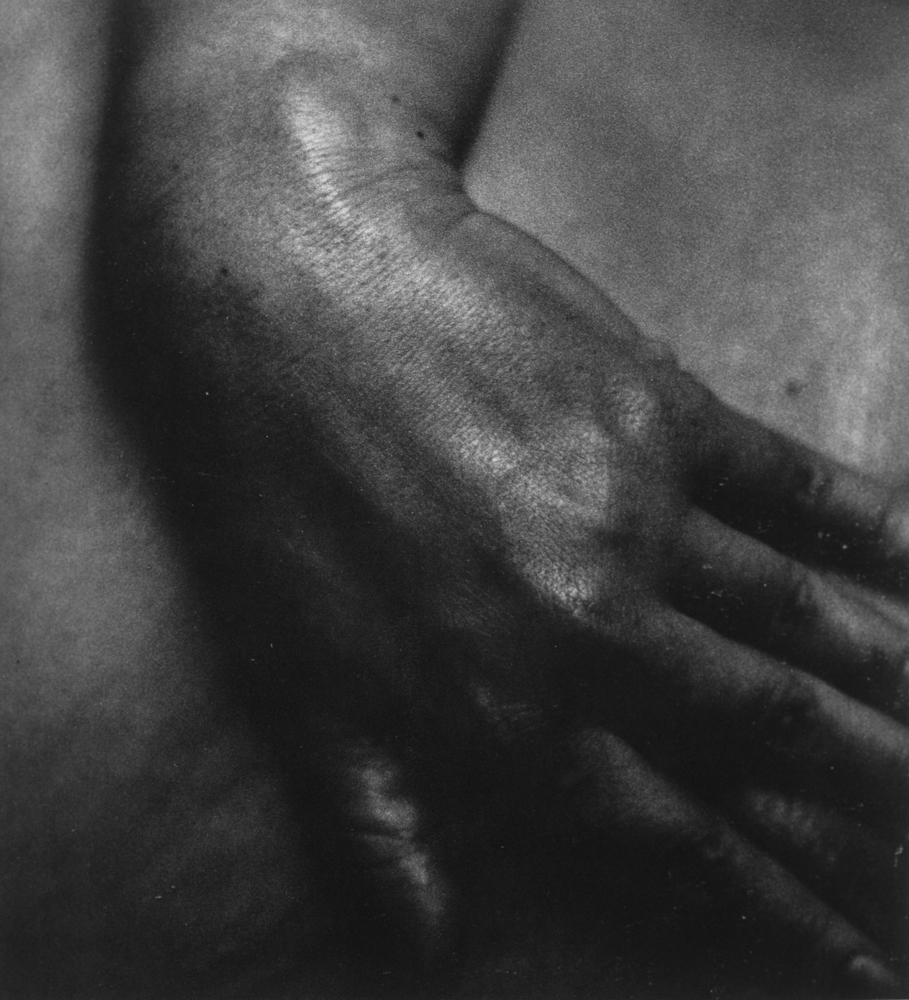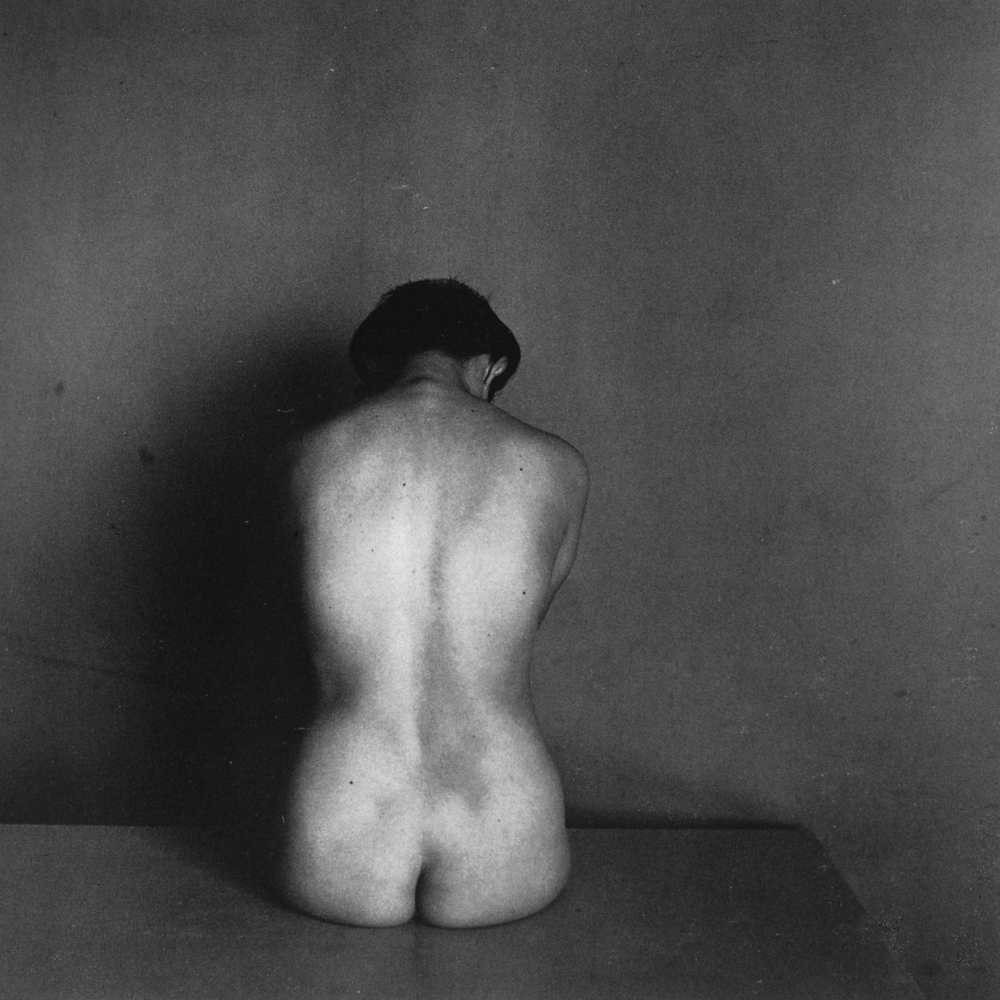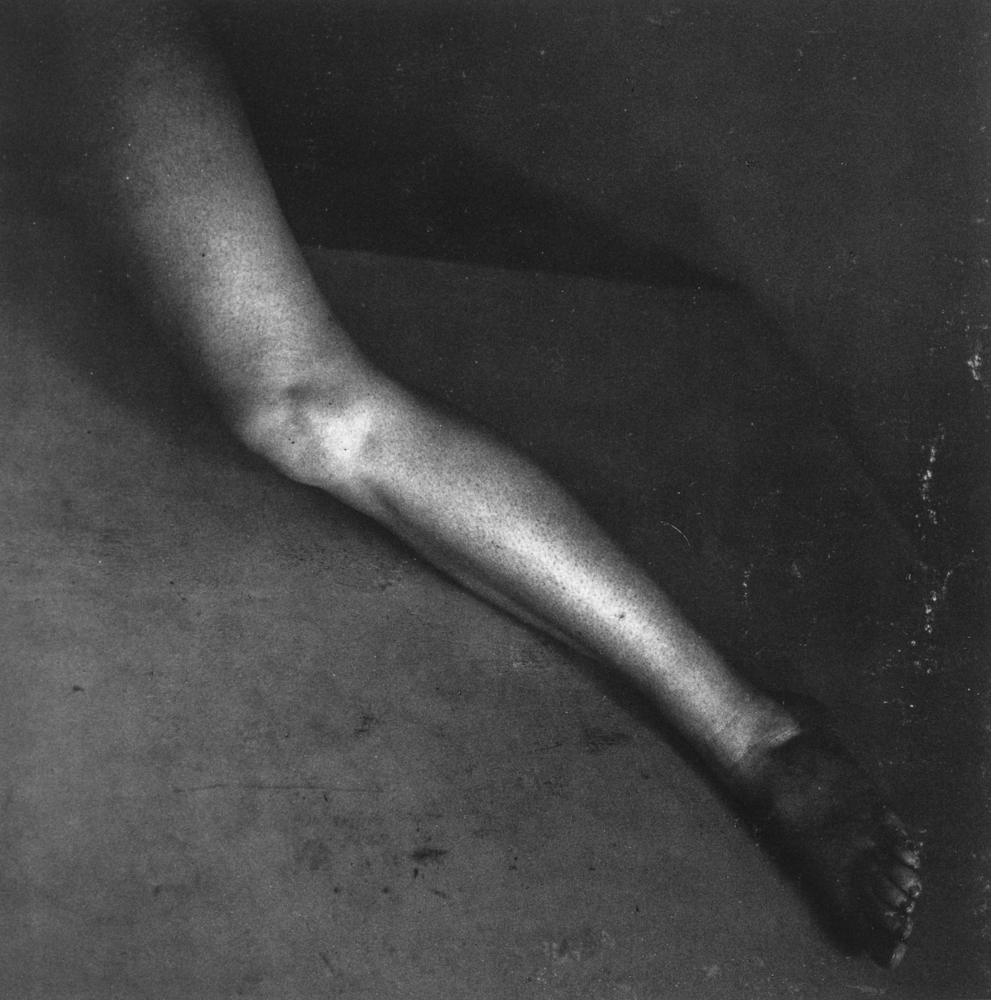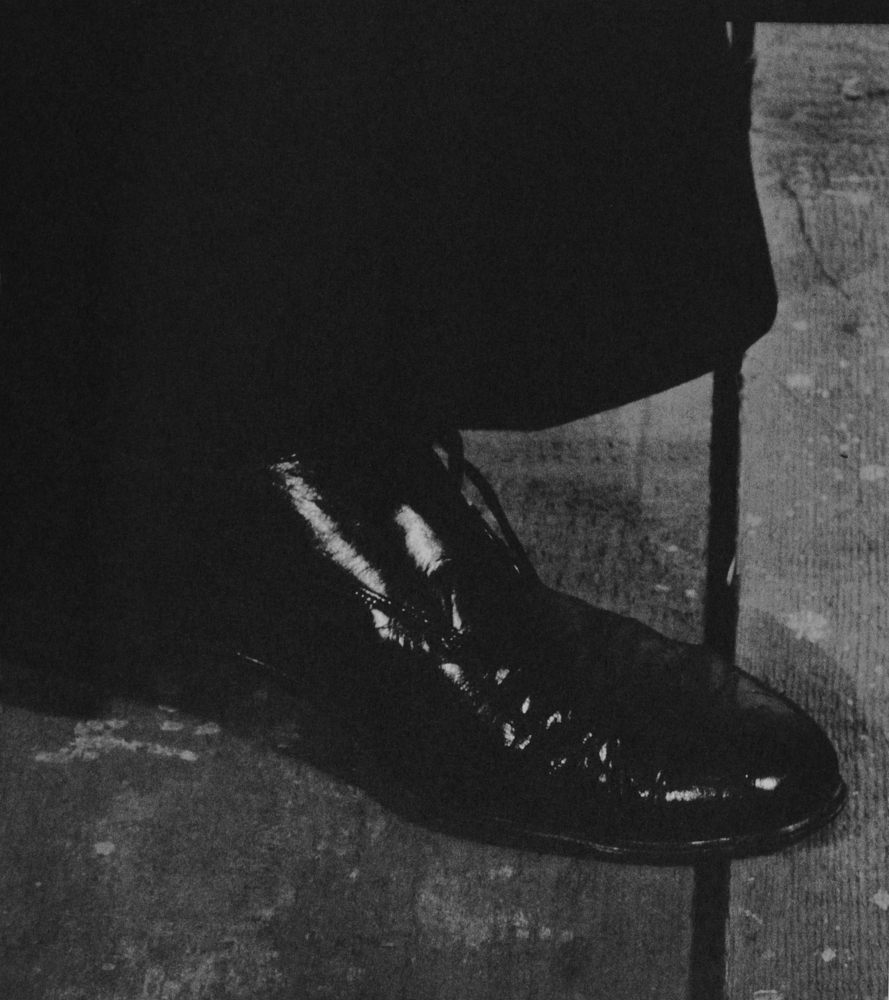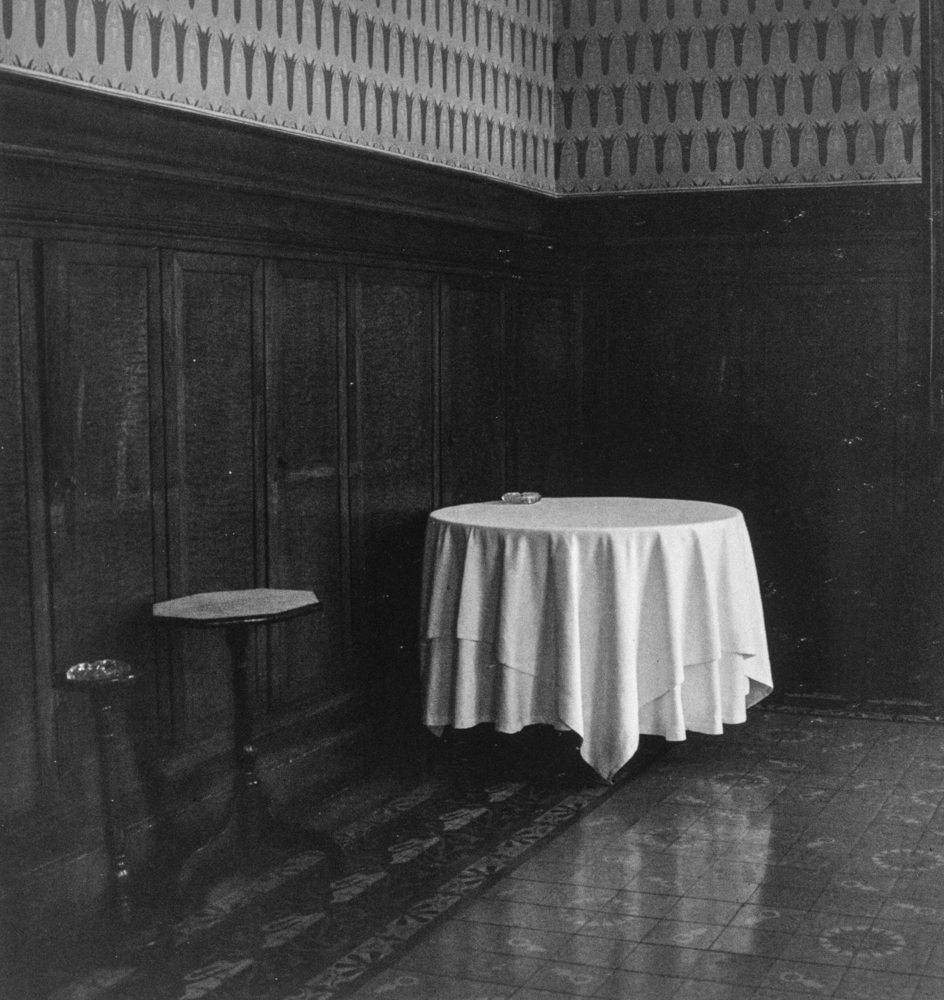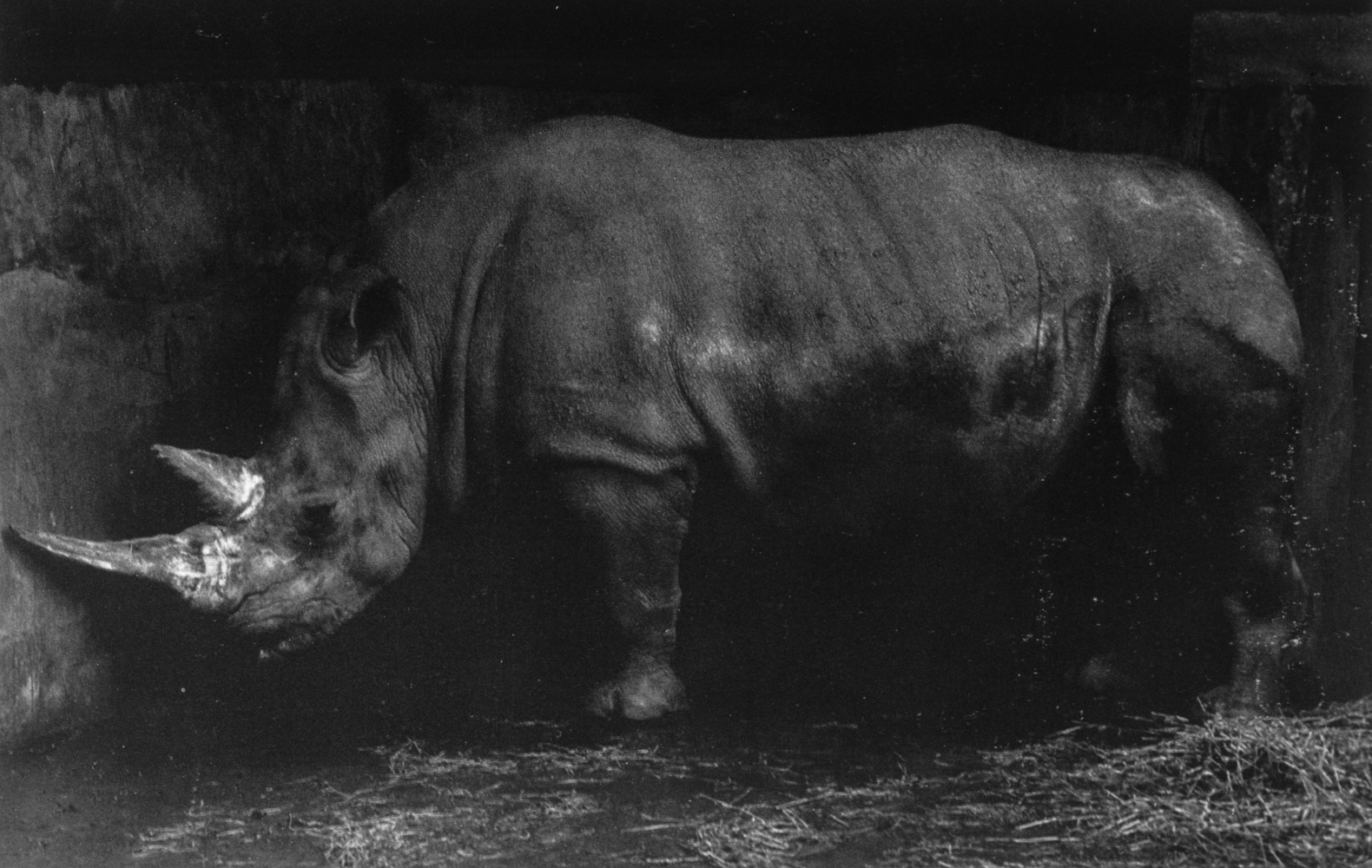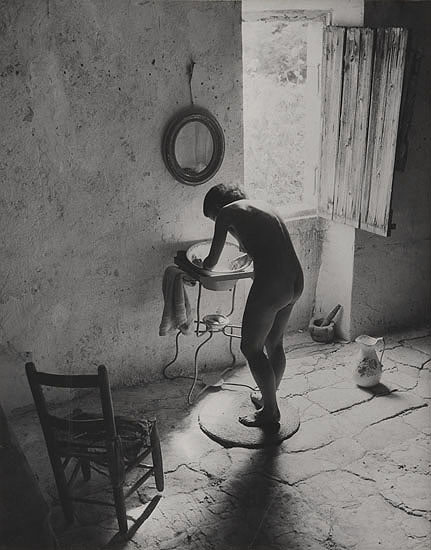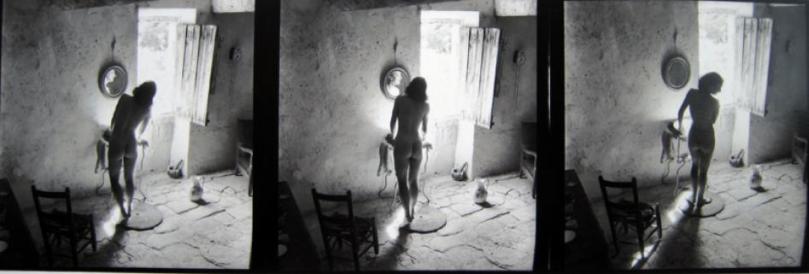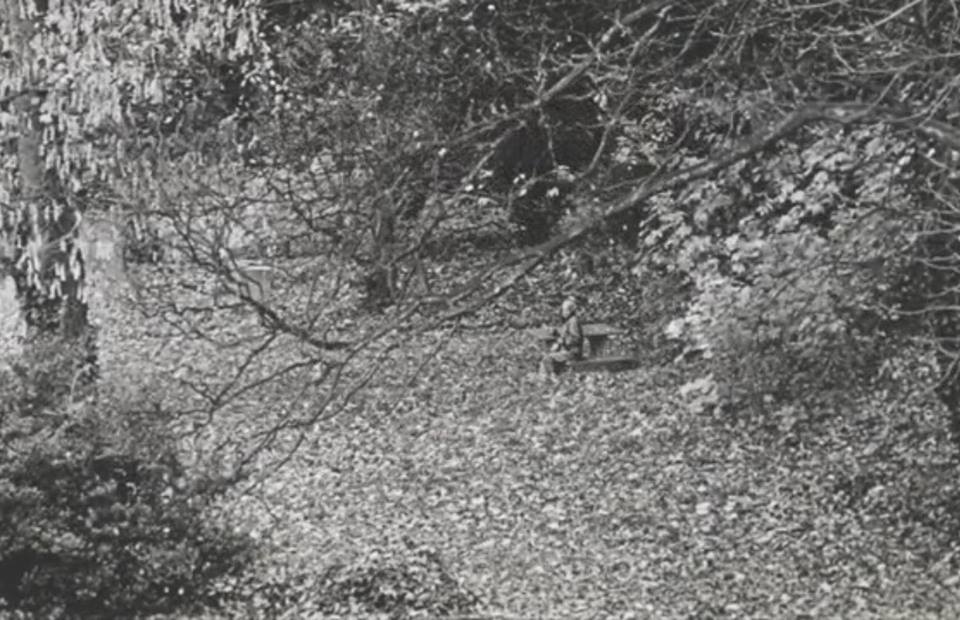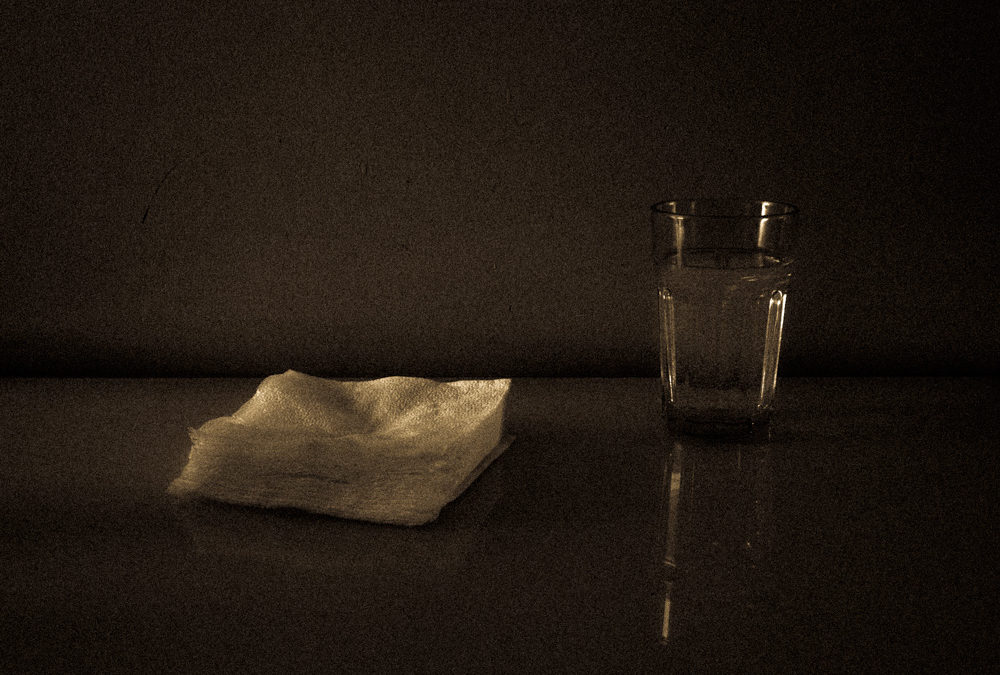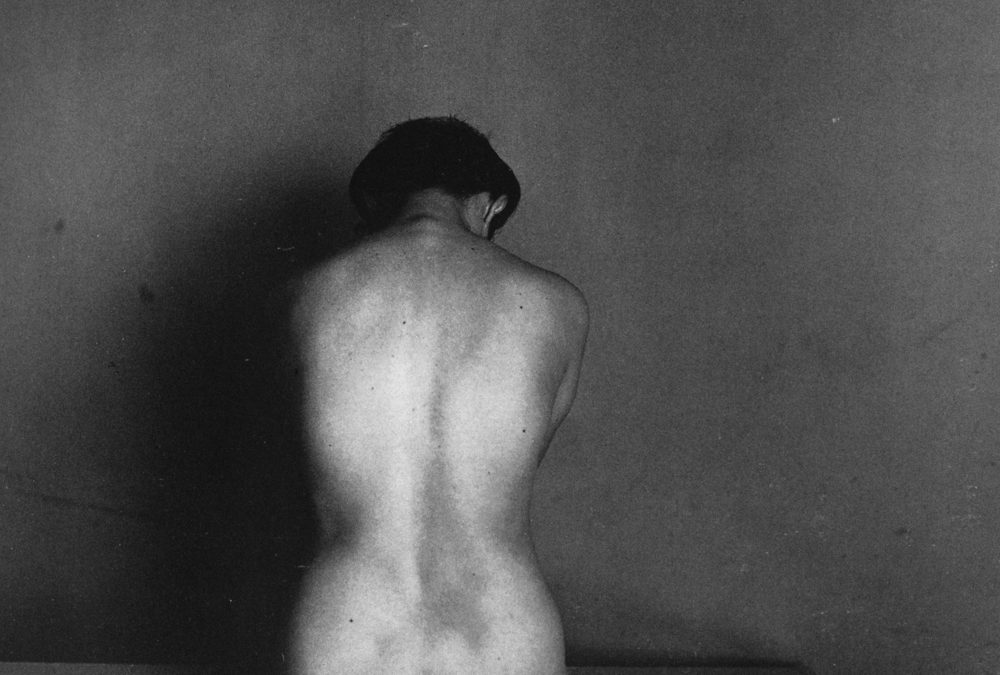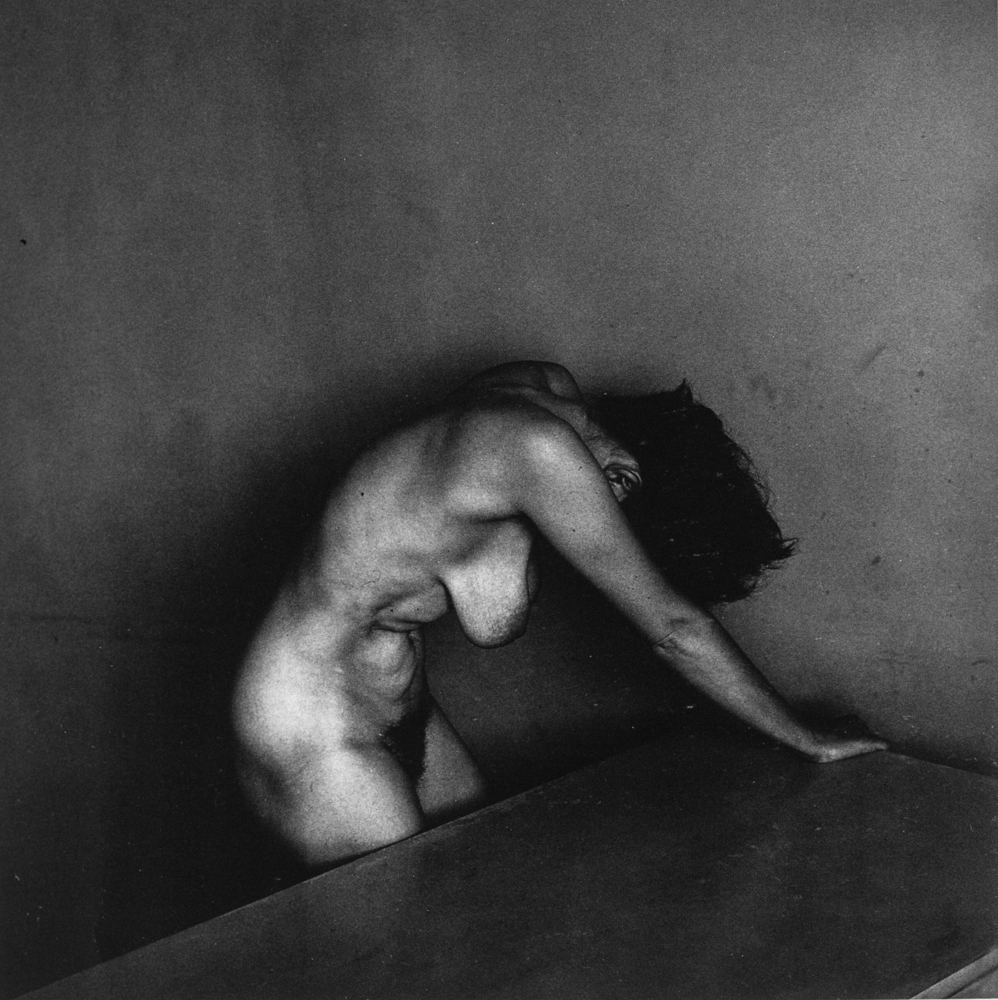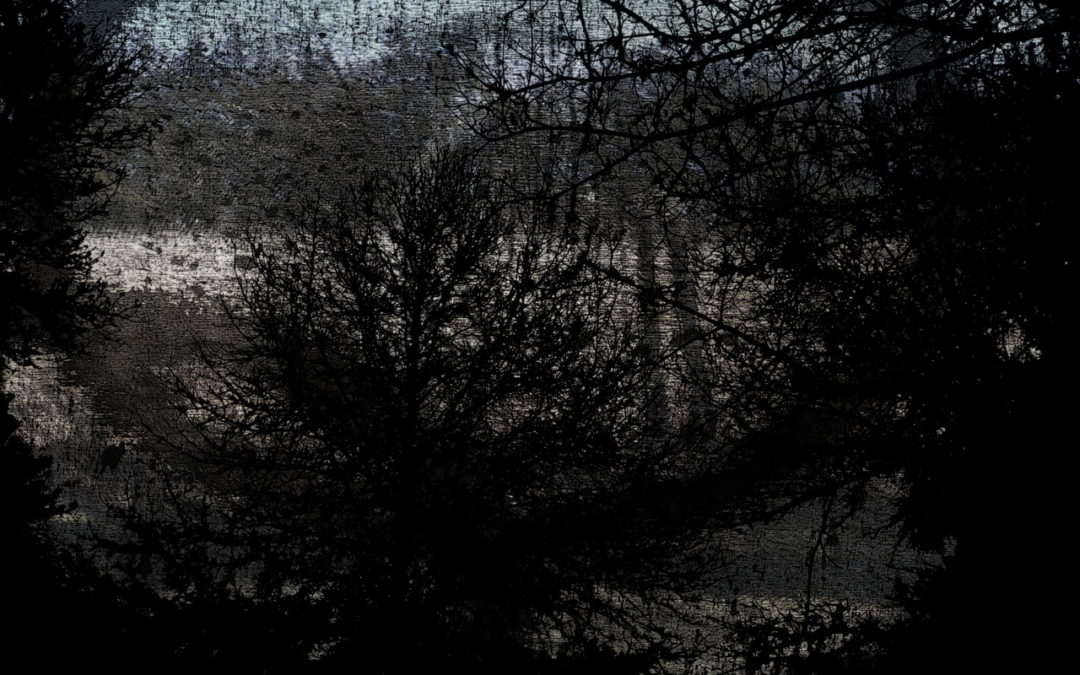I’m retired after spending a few years in the military and then many years as an educator.
I have a strong interest in art and the humanities and as well as science (especially the hard sciences like physics, biology, and mathematics), and I enjoy other areas such as behavioral psychology and philosophy. I love all kinds of music but especially the electronic and experimental styles. Before its demise, I was involved in the Netlabel music scene writing reviews and liner notes for a short period a few years ago
Let’s talk about your two blogs. Winding Numbers, where other artists’ reposts take place and Winding Numbers-Unwind where you present your own work . There is a clear difference between the two. Your technique is interesting and different. Tell me, do you consider it photography or a different form of art?

I follow a lot of talented “original photographers” on Tumblr, but I can’t put myself in their category. Even though I use my own photographs in creating the images, the amount of digital manipulation, layering, and filtering that is used in creating them usually removes any semblance to reality. I couldn’t classify my images on WindingNumbers-Unwind as photography in the sense of being of the traditional, modern, or even post-modern styles. There is often more randomness than planning that goes into creating my images; I guess I would call it abstract stochastic art.
From what internal needs does this technique emerge and what do you want to express?

I place my work on Flickr too, and a user their suggested that my images express anger because so many of them are dark in nature. I don’t really feel anger, but I am disillusioned with many of the happenings in the world – especially the hate and corruptness that I see and that is often amplified in the news and social media. So I’m sure that some of my art hints at this discontentment. On the other hand, many of my images reflect my love of the sciences especially quantum theory, information theory, and randomness (such as chaos theory).
Describe to me if you want the whole process. From the initial “shot” to the final result. How much time do you need to work on it on the computer?
I usually start with a single photograph and then use the open-source digital editing software GIMP to create various layers and textures which are then blended and further processed and deconstructed. Sometimes I have a plan, but more often than not I let randomness dictate what happens. There’s a lot of experimentation and trial-and-error involved. Some images are created in a couple of hours and others I work on sporadically over a period of several days. Honestly, the images that seem to get the most likes/favorites are the ones that were created quickly and without much planning.
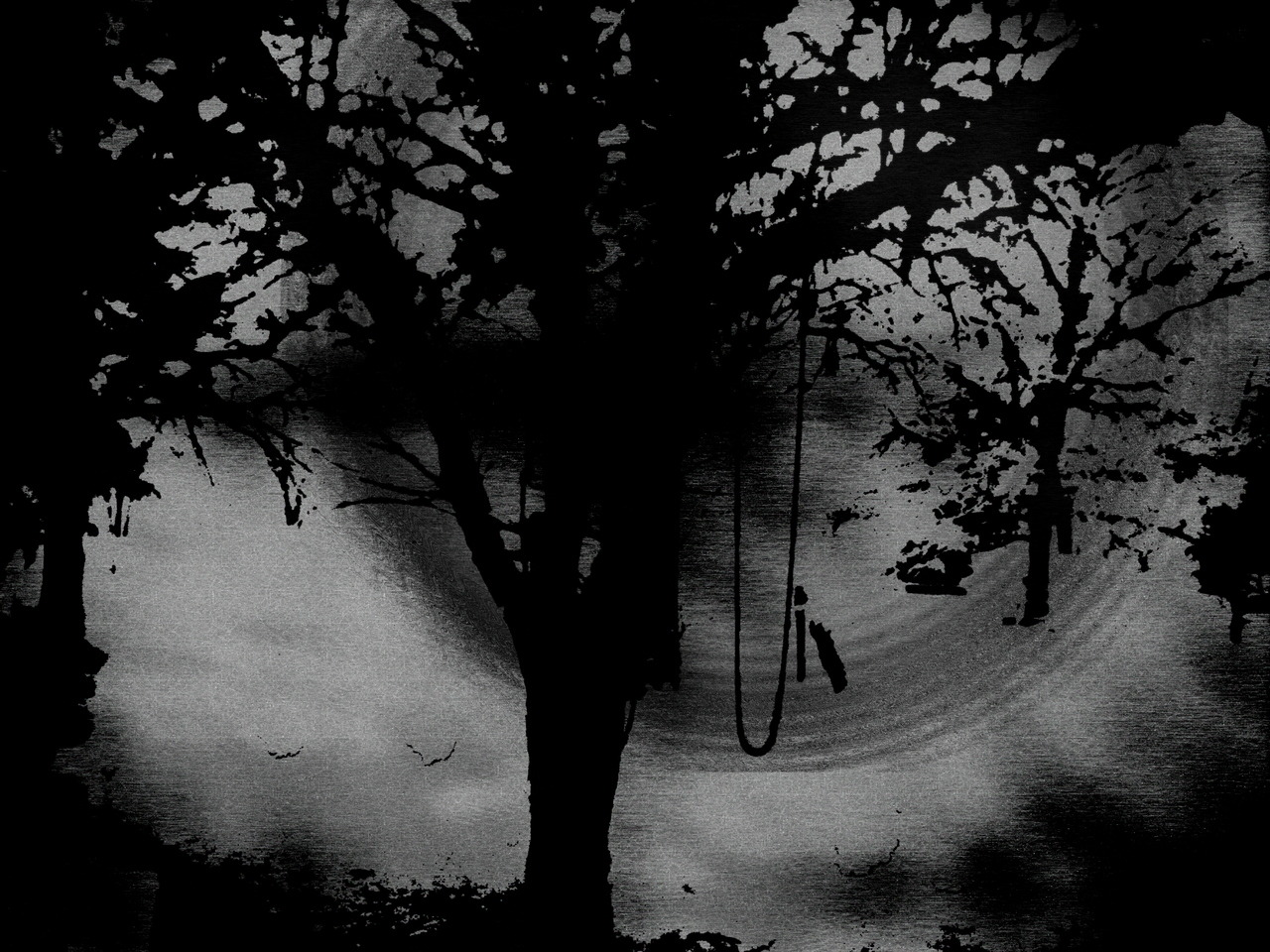
I also see only black-and-white pictures, have you tested your technique in color?
I love monochrome and dark, grainy pictures. I’ve only used color in few images. At the present I plan to stick with black-and-white.
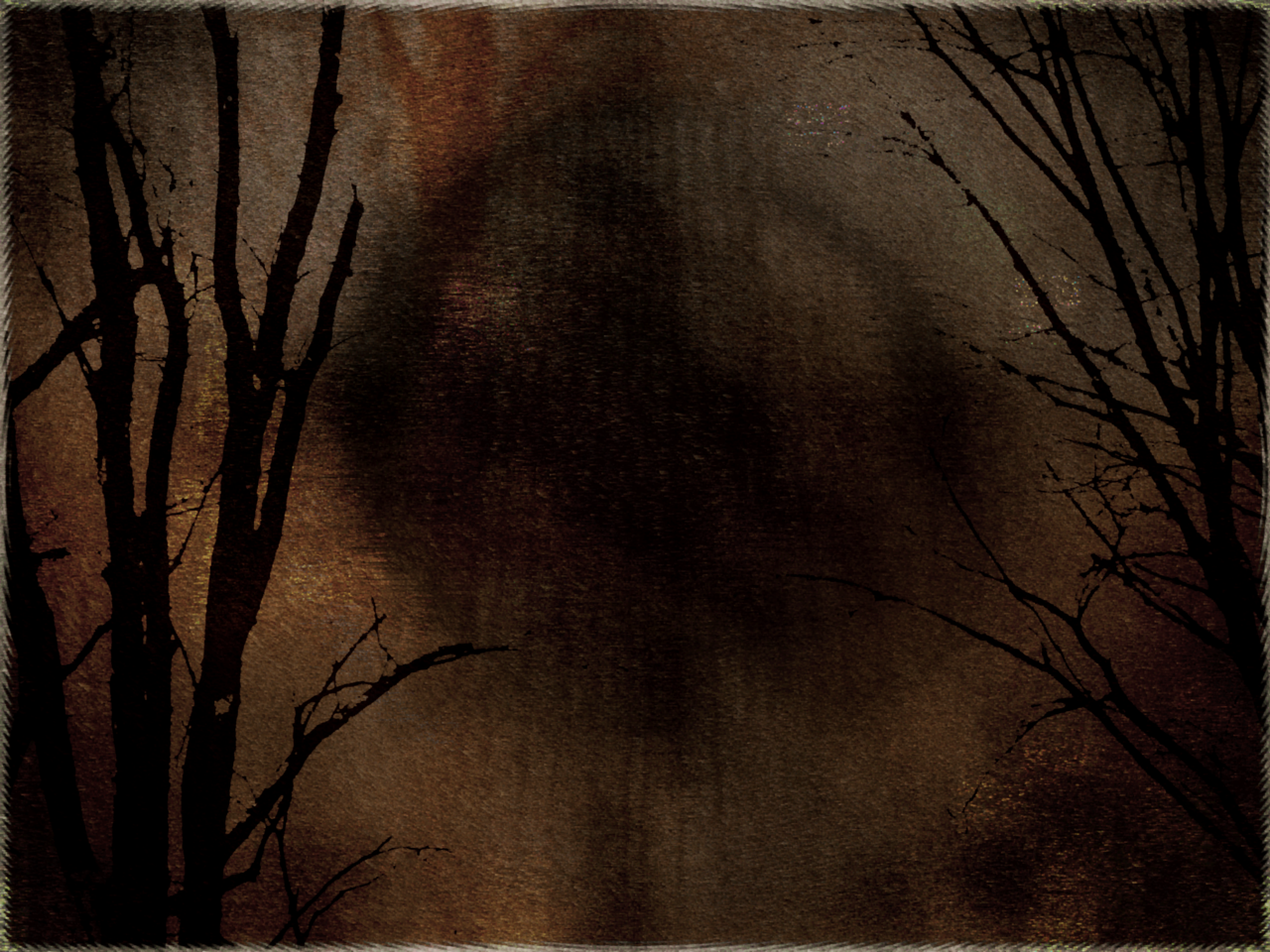
For me and many others, photography is the art of truthful and plausible depiction of reality with simultaneous transformation of content,have you ever tried to photograph like that?
To me what you’re describing here is what I see and admire on your Tumblr blog and personal website. I can’t say that I’ve tried that style of photographic art, but it’s something to consider for the future.
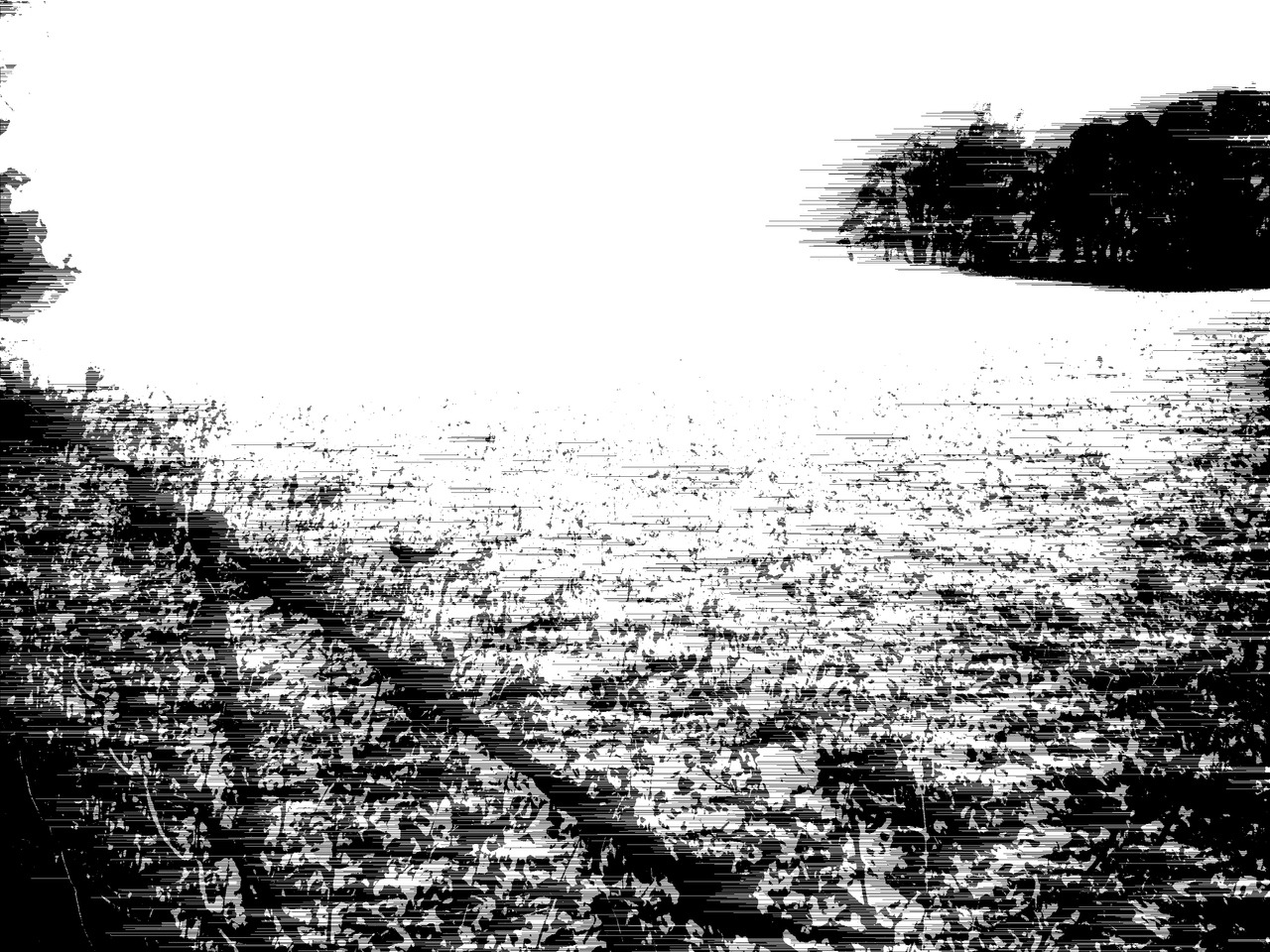
Let’s get to your other blog where you mostly republish other artists. With which criteria do you make the selection of these artists?
I have about two- dozen or so Tumblr users that I follow almost daily and republish their work (along with about a dozen on Flickr). I especially love sharing landscapes, portraits, and abstract art. I’ll reblog just about anything that catches my eye although I do my best to stay clear of anything is blatantly demeaning, pornographic or violent. What I enjoy most is discovering and sharing new art that has been ignored or overlooked. Maintaining this blog is becoming more challenging because of the volume of art that is published on Tumblr, so I’m finding that I have to narrow my focus and ignore many images that I would like to share. This digital overload is going to more and more of a problem to contend with.
Under the influence of the social media, different forms of art have become very popular to the public. What is your opinion on this affinity?
My interest in art expanded exponentially after becoming acquainted with Tumblr (and now Flickr) a few years ago. My knowledge of art was very limited and myopic prior to this. For me it’s opened up a whole new world. The problem we face now is digital overload. Each day I’m more and more overwhelmed by the amount and variety of art that is published here, so it’s been necessary to narrow my focus and pick and choose what I like and what I share more carefully. I worry that this digital overload could hurt platforms such as Tumblr and Flickr in the long run – time will tell.
Larry, thank you very much for what you shared with me!
https://windingnumbers-unwind.tumblr.com/
https://windingnumbers.tumblr.com/
https://www.flickr.com/photos/146449457@N03/
